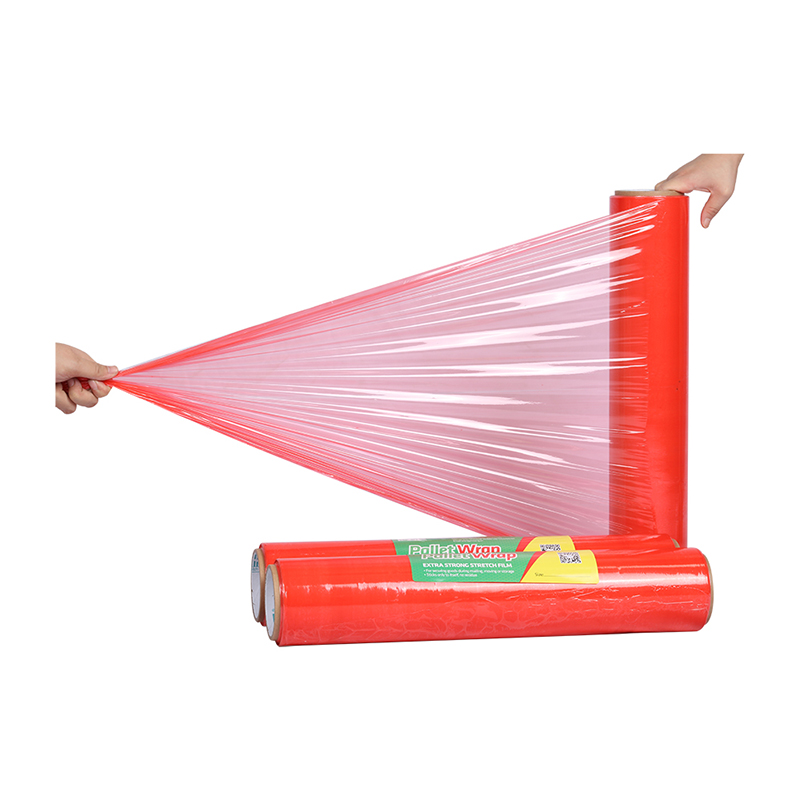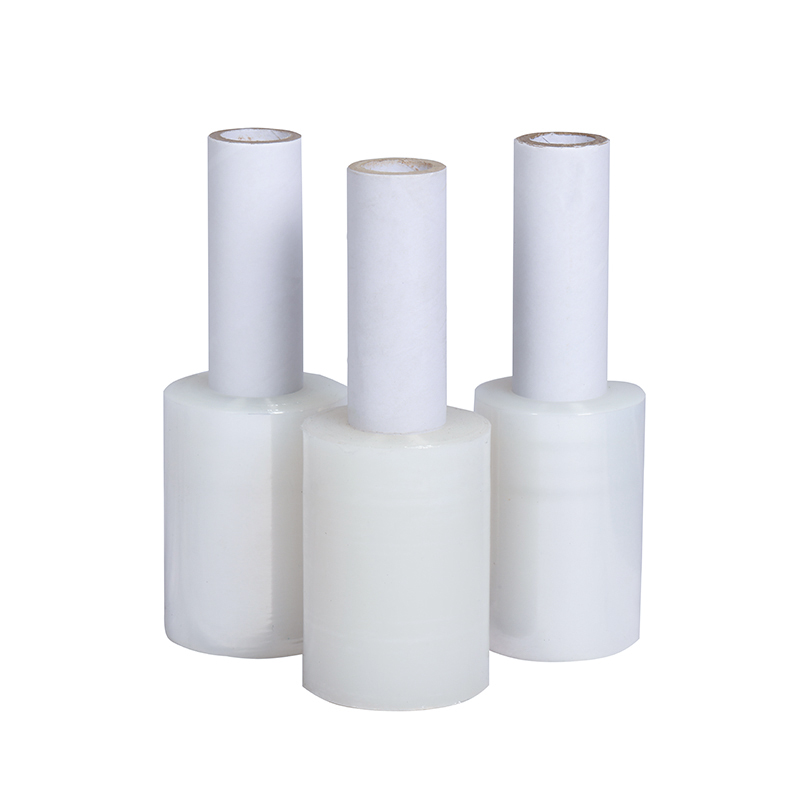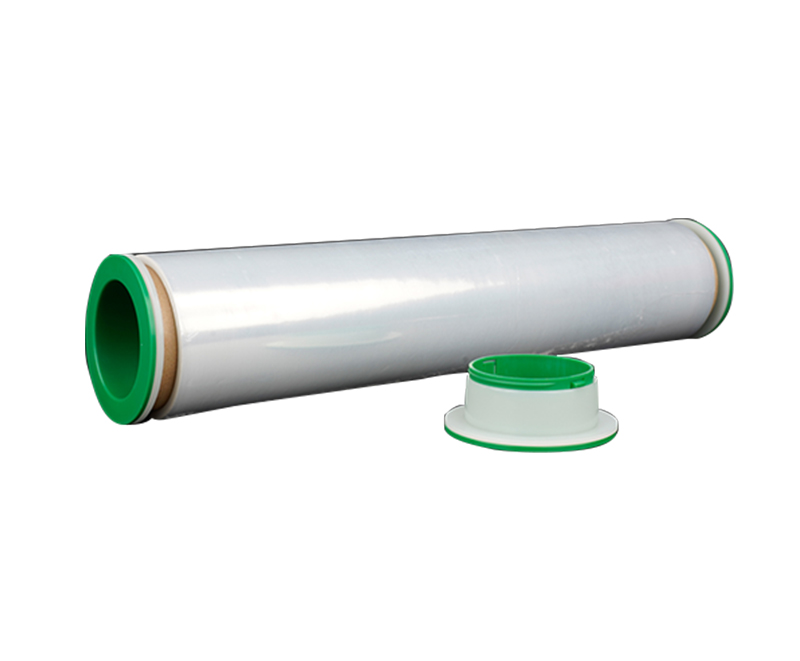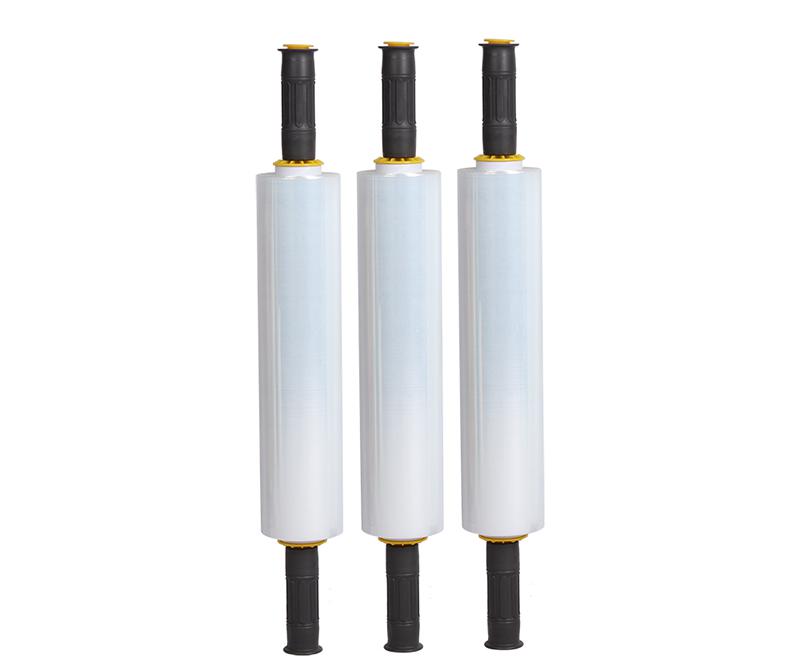Factors That Affect the Stretching Function of Stretch Film:
Source:Factors That Affect the Stretching Function of Stretch Film:Time:2025-01-06Visitors:
Stretch film is widely used for packaging due to its excellent stretchability and ability to tightly wrap objects. Its primary purpose is to secure and protect items during transportation or storage. However, when the stretchability of the film is poor, it can lead to breakage, causing wastage of materials and reducing packaging efficiency. In this article, we will delve into the key factors that influence the stretching function of stretch films and how these factors impact their performance.
The Importance of Stretch Ratio in Stretch Film Performance
One of the most significant performance parameters affecting the functionality of stretch film is the stretch ratio, which refers to the extent to which the film can be stretched before it breaks. The stretch ratio is typically measured in both longitudinal (lengthwise) and transverse (widthwise) directions. The stretching process plays a crucial role in determining the physical properties of the film, such as its strength, durability, and elasticity.
At a specific temperature, the greater the stretching ratio, the more the polymer chains within the film align in a longitudinal direction, leading to an increase in the modulus of the material. This means that as the film is stretched, its elongation at break decreases, making it less likely to tear under pressure. Additionally, the film's impact strength and fold resistance improve, enhancing its ability to withstand physical stress during handling and transportation.
As the polymer chains orient themselves, the air permeability and gloss of the film also increase. This is particularly important in applications where visibility and product presentation matter, such as retail packaging. Overall, a higher stretch ratio significantly enhances the performance of stretch films, but it must be balanced to prevent over-stretching and potential material failure.

Longitudinal vs. Transverse Stretching: Their Impact on Film Performance
During the production of stretch film, both longitudinal and transverse stretching occur. Longitudinal stretching typically occurs first and is followed by transverse stretching. The interaction between these two types of stretching directly influences the physical characteristics of the final product. However, the effects of longitudinal and transverse stretching are not always equal.
When the film is stretched longitudinally, it elongates in the direction of the film's length, which helps improve its tensile strength. However, after the longitudinal stretching, the film's ability to stretch transversely (across its width) tends to decrease. As a result, further transverse stretching becomes less effective, and the polymer chains in the film tend to become biaxial (stretched in both directions).
The biaxial stretching process leads to a more uniform distribution of polymer chains, resulting in improved material density, strength, and reduced elongation at break. This is why biaxial stretching is beneficial, as it enhances the strength and resistance of the stretch film while maintaining its stretchability.
The Role of Stretching Multiples and Thickness Distribution
The number of stretching multiples, both in the longitudinal and transverse directions, can also significantly affect the thickness distribution of the stretch film. Multiple stretching start and end points often lead to uneven film thickness, which can impact its overall performance.
In transverse stretching, the film may experience step stretching, where the stretching multiples gradually expand as the material is stretched. This uneven stretching process may lead to variations in thickness, which could weaken certain areas of the film. It is crucial for the stretching process to maintain consistency, ensuring that the stretching multiples reach their optimal level while minimizing irregularities in thickness distribution.
In stretch film production, achieving the correct balance between the longitudinal and transverse stretch ratios is vital. If the longitudinal stretch ratio is too high, the film may become overly rigid, while a low ratio may result in inadequate stretchability. Similarly, the transverse stretch ratio must also be optimized to ensure that the film performs effectively under various conditions.
The Influence of Polymer Chain Orientation and Material Density
As the film undergoes stretching, the orientation of the polymer chains within the material plays a pivotal role in its mechanical properties. In particular, the alignment of the polymer chains in the longitudinal direction increases the material's tensile strength, making it more resistant to tearing. Conversely, transverse stretching helps increase the material's density and overall strength, which enhances the film’s performance in packaging applications.
Biaxial stretching, as mentioned earlier, aligns polymer chains in both directions, creating a more robust and durable film. As a result, the film becomes more resistant to punctures and tears, ensuring that the wrapped items remain secure during transportation and storage.
The Role of Raw Materials in Stretch Film Quality
Most stretch films today are made using polyethylene (PE) as the primary raw material. PE is favored for its excellent stretchability, cost-effectiveness, and environmental friendliness. It is also a non-toxic material, making it a safe choice for various industries, including food packaging and pharmaceuticals.
PE stretch films are biodegradable and free from harmful chemicals, making them an environmentally conscious packaging solution. The quality of the raw material used in the production of stretch films has a direct impact on the final product’s performance. By selecting high-quality PE, manufacturers can ensure that their stretch films offer superior stretchability, tear resistance, and durability, even under the most demanding conditions.
How Zhiteng Packing Ensures High-Quality Stretch Films
At Zhiteng Packing, we understand the critical factors that affect the performance of stretch films. By carefully controlling the stretching ratios, polymer chain orientation, and the raw materials used in production, we ensure that our stretch films provide the best possible protection and performance for your products. Our commitment to quality and innovation enables us to deliver stretch films that meet the unique needs of industries ranging from logistics to retail packaging.
As a leading manufacturer of stretch films, Zhiteng Packing takes pride in producing environmentally friendly, high-performance films that help optimize packaging efficiency and reduce material wastage. Whether you require a film for pallet wrapping, bundling, or other packaging applications, our stretch films are designed to provide reliable, long-lasting protection for your goods.
Conclusion: Maximizing Efficiency with Quality Stretch Film
In conclusion, the stretchability and overall performance of stretch film are influenced by a range of factors, including the stretch ratio, polymer chain orientation, and the type of raw materials used in production. Understanding these factors is essential for selecting the right stretch film for your packaging needs. By choosing high-quality stretch films from reliable manufacturers like Zhiteng Packing, you can ensure that your packaging processes are efficient, cost-effective, and environmentally friendly.
If you are looking for a trusted supplier of premium stretch films, we at Zhiteng Packing are here to assist you in finding the perfect solution for your business. Our team of experts is committed to delivering packaging films that meet the highest standards of quality and performance, providing the optimal solution for your packaging needs.Recommended Products
Ranked in the same article
- how to use the stretch film technology to r
- How can we get detailed price list?
- Five common quality problems of PE protecti
- Plastic film degradation
- How to guarantee punctual shipment for our
- What is the difference between stretch film
- Stretch film temperature requirements
- Testing the permeability of stretch film
- Why insufficient transparency of stretch w
- Electrical wire film VS electrostatic film
- The elastic characteristics of plastic film
Latest news articles
- The Ultimate Guide to Hand Stretch Film: Ev
- Stretch film temperature requirements
- What material is the wire film made of
- Five common quality problems of PE protecti
- Stretch film thickness
- Exploring the Versatility of PE Stretch Fil
- What Properties Ensure Effective Cold Chain
- What is the common phenomenon of Stretch f
- Classification and advantages of stretch fi
- The Future of Sustainable Packaging: Top Ec
- Hot bonding method of stretch wrap film



